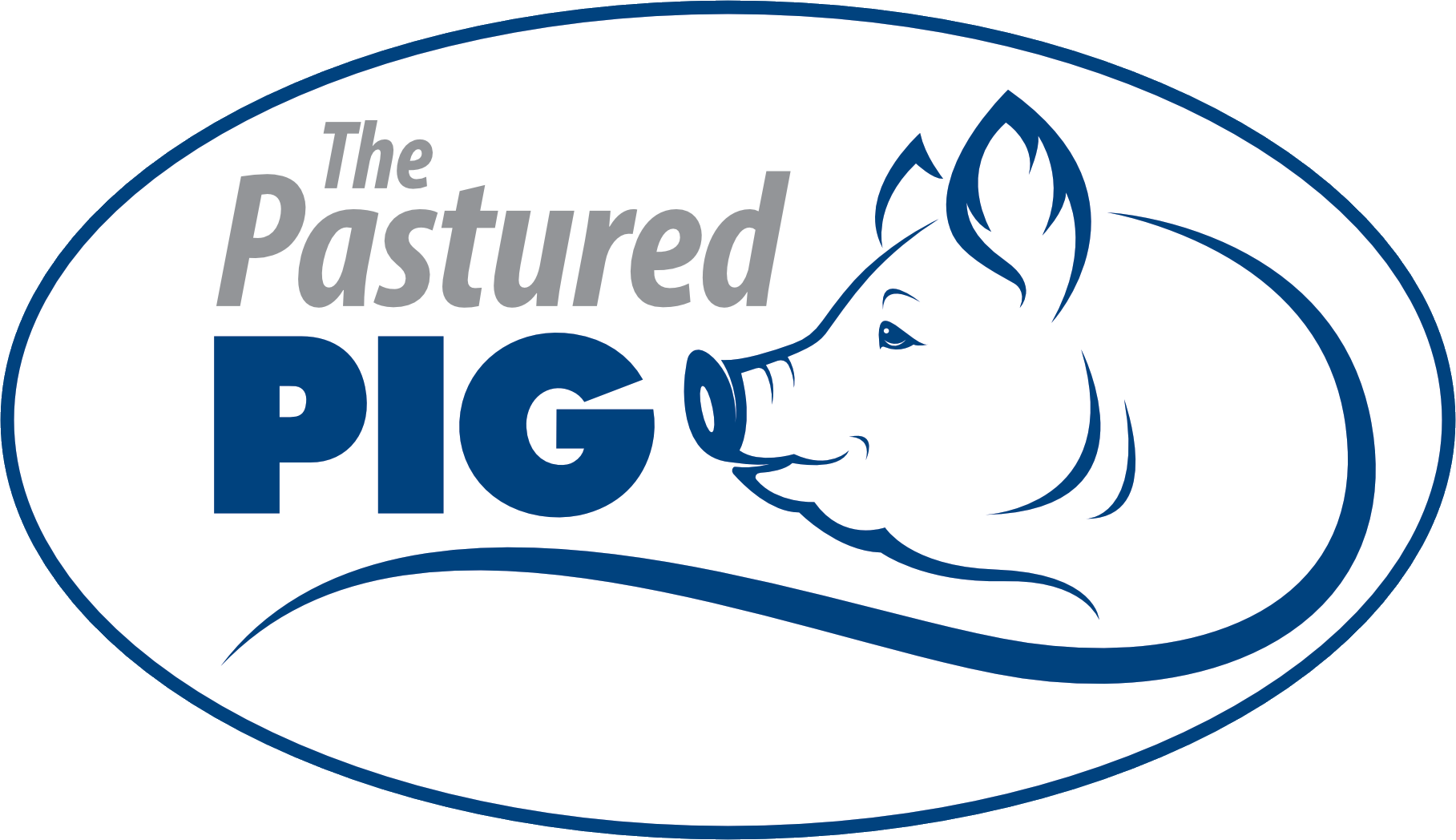As winter is in full swing, we are in the final stages of our first pig raising endeavor. The pigs are finishing well and putting on weight as they approach their date for processing.
This year’s long experiment has had its high points and low points. We never lost a pig to illness or predators and we have learned some much the past ten month, but on the other hand, we have dealt with copious amounts of mud, and have discovered how much we need improved infrastructure on our farm.
Taking this time on a rainy day to reflect on the past year and all the issues we encountered, I am still interested in raising pigs again in 2015. The question is how many? Twenty-two piglets seemed fine when they were cat-sized, but as they quickly packed on the pounds, their ceaseless appetite and destructive nature taxed my patients frequently. Next year will require better built shelters that can handle the mini-bulldozers plowing into them.
One interesting story from this year was castration day. Out of the twenty-two piglets that were born,eight were male. Supposedly, 25% of people have a genetic disposition to recognize boar taint (yes, that is what it is called and no, it is not something you can point at from across the room).
Boar taint is caused by the boar’s hormones affecting the taste and smell of the pork. People that recognize it say it makes the meat smell and taste spoiled. Nothing worse than spending time and money raising a pig only to have someone tell you it is inetible. The prevention method for boar taint is castration before the boar reaches maturity.
Removing the testicles from most farm animals involves banding and slight discomfort (for the bander not the bandee). Not so, unfortunately, with swine. Their testicles are more internal and have to be cut out with minor surgery. When researching this online, it appears to be something so simple all you need is a sharp pocket knife and a couple of seconds per pig. In reality, not so much. A scalpel, a manner with which to hold the animal down, three of your closest friends, and hearing protection are my first recommendations.
While I have never been the slightest bit squeamish when it comes to blood or butchering animals, there was something that made me uneasy about the castration process. I found myself flinching every time I severed a testicle from its owner. It was something I could almost feel deep down in my…you get the picture.
The process itself was easy once I got the nerve to cut the flesh with the scalpel. The term “squeal like a stuck pig” does have some merit. Keep in mind that these piglets were not even a week old, but they managed to put up quite a fight. I constructed a small trough about 20 inches in length that I could place the piglet in on its back. A small strap fastened to the trough to attempt to keep the piglet secure (it actually took two people to hold the piglet still).
I placed the trough on my cabinet saw in the wood shop (not for cutting but for best lighting) and proceeded to work one patient at a time. Looking back the eighth piglet was much better off than the first piglet as I became bolder and more sure of what I was doing as I progressed.
Once the piglet was on his back, the hind legs were pushed forward which makes the scrotal area pretrude. Two 2 inch verticle incisions were made and I took my thumb and forefinger and squeezed like an acne laden teenager before prom night. The testicle pops out revealing the blood vessel and the vas deferens. There is a small connective tissue, like a small tendon, that holds that in place. I pulled the tesicle away from the body thus tensioning those three items (this is where I felt the involuntary movement of my chin down toward my chest everytime I tugged) and effortlessly severed the testicle from the body.
Sounds easy but imagine at the same time the piglet is wriggling and squealing louder than a jet engine and all the while I am trying to not stick my assistants with the scalpel.
I am constantly amazed at old farm habits as they continue to be most accurate. Some of the old farmers I spoke to prior to this endeavor said to clean the area before making the incision but do not stitch up the wound nor apply any salve or spray to the incision when done. They said the bleeding would stop on its own (as long as I cut them correctly) and applying any ointment would only make them rub the wounds in the dirt thus packing it full of bacteria, etc.
While I generally listen to good advice, I could not bring myself to not treat the incision in some manner. I felt obligated to at least spray some blue coat wound spray on the incisions. Not only did that produce higher pitcher squealing, it caused the exact consequence I was warned about. As soon as they were put back out in the pasture, they immediately started dragging their rear ends through the dirt and rubbing them against anything they could find. I thought for sure I would be fighting infection in all 8 of them, but fortunately none developed.
They were completely healed two days and now you can barely see any scars. Obviously, not my favorite task in raising the pigs but it is certainly necessary. While castration of all my boars would prevent me from being able to perpetuate the herd on my own, I did not want to risk the boar taint nor have a large, potentially aggressive boar on the farm. A sow goes into heat every 21 days and I couldn’t imagine what it would take to keep the boar away from them when it isn’t time to breed.
As breeding time is rapidly approaching, I will be curious to see how many boars we get in the next litters. Our goal is to breed four sows this year. That could produce almost 40 piglets. I have to get to work clearing more pasture!







Leave A Comment